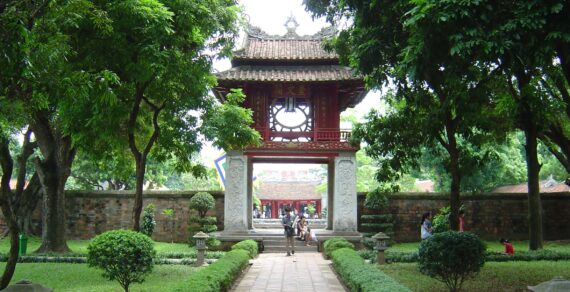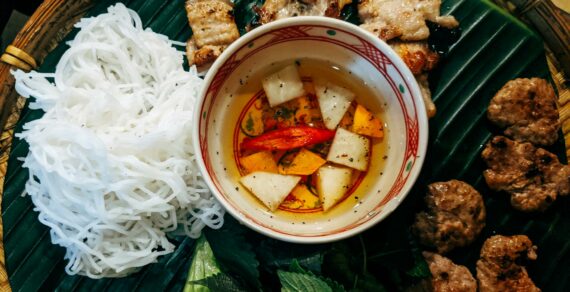In the diverse landscape of Vietnam, the Kinh people stand out as the largest ethnic group, shaping the cultural, social, and historical fabric of the nation. With a population constituting approximately 85% of Vietnam’s populace, the Kinh people play a central role in defining Vietnam’s identity. This comprehensive exploration delves into the origins, language, culture, traditions, lifestyle, and contemporary significance of the Kinh people, shedding light on their profound influence and enduring legacy.
Origins and History of the Kinh People
The story of the Kinh people traces back to ancient times, intertwined with the rich tapestry of Southeast Asian history. Historically known as the Viet or Việt people, the Kinh are believed to be descendants of the Dong Son culture, an ancient civilization that flourished in the Red River Delta around 1000 BCE. Over the millennia, the Kinh people migrated and expanded across the fertile plains of northern and central Vietnam, establishing settlements, cultivating rice paddies, and building a thriving civilization.
Language and Cultural Heritage
Central to the identity of the Kinh people is the Vietnamese language, a linguistic treasure that reflects the nation’s rich history and cultural diversity. With its roots in the Austroasiatic language family, Vietnamese has evolved over centuries, absorbing influences from neighboring languages such as Chinese, Khmer, and Cham. The Vietnamese script, based on the Latin alphabet with diacritics, captures the unique tonal nature of the language, adding depth and complexity to its pronunciation and meaning.
Kinh culture is characterized by its vibrant traditions, rituals, and customs, passed down through generations with reverence and pride. From the elegant attire of áo dài to the melodious strains of traditional music and dance, Kinh cultural expressions embody the essence of Vietnamese identity. Festivals like Tết Nguyên Đán (Lunar New Year) and Tết Trung Thu (Mid-Autumn Festival) serve as cherished occasions for family gatherings, cultural celebrations, and communal solidarity.
Lifestyle and Traditions of the Kinh People
For many Kinh people, life revolves around the rhythms of rural existence, where agriculture remains the cornerstone of livelihood and sustenance. Rice cultivation, in particular, holds a special place in Kinh society, with terraced fields and lush paddies dotting the countryside. Traditional practices such as water puppetry, bamboo crafting, and silk weaving showcase the ingenuity and craftsmanship of the Kinh people, preserving ancient skills and techniques for future generations.
Challenges and Resilience
In the face of modernization and urbanization, the Kinh people have adapted to changing times while preserving their cultural heritage and sense of identity. Rapid economic growth has brought new opportunities and challenges, with urban migration, environmental degradation, and social inequality posing significant concerns. Despite these challenges, the Kinh people have demonstrated resilience and resourcefulness, drawing strength from their cultural roots and community bonds.
Contemporary Significance and Future Prospects
As Vietnam continues to evolve and embrace the opportunities of the 21st century, the Kinh people remain at the forefront of the nation’s progress and development. Their contributions to various sectors, including education, business, politics, and the arts, underscore their pivotal role in shaping Vietnam’s future. As guardians of a rich cultural heritage and custodians of ancient traditions, the Kinh people embody the spirit of resilience, adaptation, and innovation that defines Vietnam’s journey in the modern era.
Conclusion
In conclusion, the Kinh people of Vietnam represent a vibrant tapestry of history, culture, and resilience, woven together over millennia. As stewards of a rich cultural heritage and custodians of ancient traditions, the Kinh people continue to shape the destiny of Vietnam, inspiring generations with their enduring legacy of ingenuity, creativity, and community spirit. In their story, we find echoes of humanity’s timeless quest for identity, belonging, and collective progress—a journey that transcends borders, languages, and time itself.
This comprehensive exploration offers insights into the multifaceted identity and contemporary significance of the Kinh people, providing a nuanced understanding of their profound influence and enduring legacy in the vibrant mosaic of Vietnamese society.



